Welcome to issue 67 of the Call to Comms!
This week, we focus on the World Telecommunication and Information Society Day – what it is, its purpose, and what role telecommunications play in humanitarian action. Also: the ITW Charity Run!
Thank you to all the participants of the ITW Charity Run!
They ran to support our work and raise valuable funds that will go directly to our activities and programs addressing humanitarian needs - they raised $4,000, in addition to a $10,000 donation by Console Connect.
We are grateful for the participants in the ITW charity run and Console Connect, who sponsored the run. Thank you!
World Telecommunication and Information Society Day
Last Friday, May 17, we marked World Telecommunication and Information Society Day. It is an opportunity to talk about how these technologies can help people in humanitarian crises, and to highlight the importance of digital inclusion.
What is the impact of telecommunications on humanitarian action?
At TSF, we have explored this issue many times – after all, it’s at the heart of our work: using ICT technology to try and support people and organizations in humanitarian crises. This day is an opportunity to take a step back, and list some of the various technologies that are now an integral part of humanitarian situations. From radio to smartphones, people and organizations can access a wide range of things, from essential information in a hard-to-reach village to online education. Read the full article here.
Why are digital inclusion and digital literacy important in this context?
World Telecommunication and Information Society Day calls for digital inclusion and bridging the digital divide. Digital inclusion on a global scale could mean access to new opportunities for the under-connected, and digital solutions can contribute to tackling major global challenges. However, digital inclusion must go hand in hand with digital security and literacy, to support people in learning how to use technology and the internet.
“Sometimes providing just an unmonitored and unmanaged Internet is not the best way to help the people. Sometimes, you need to explain to the people the risk they might face using the internet. It's part of the digital literacy element that we try to integrate into our programs and our missions to support the people using technology.”
Watch Sebastien’s full interview here.
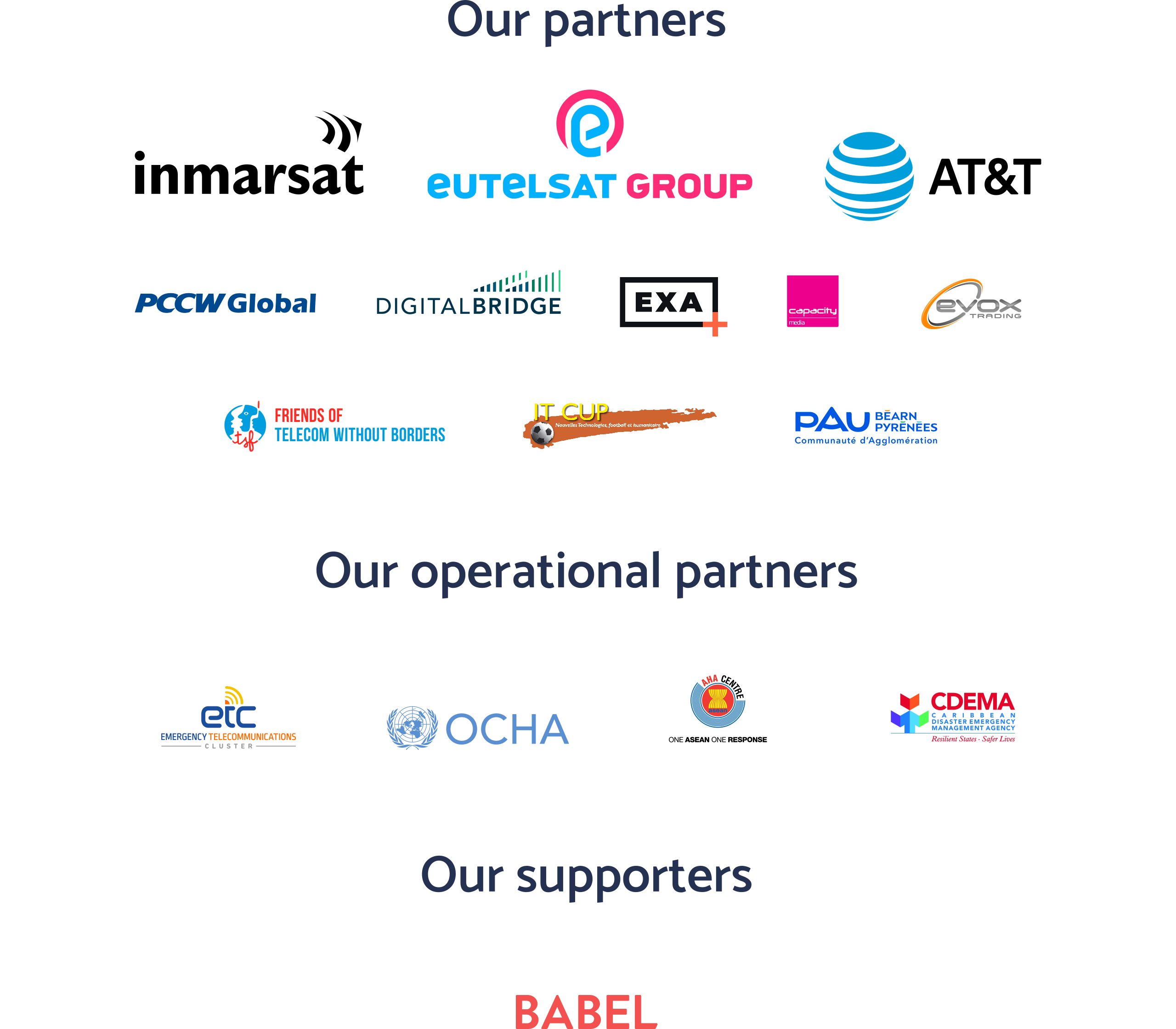
See you next week!


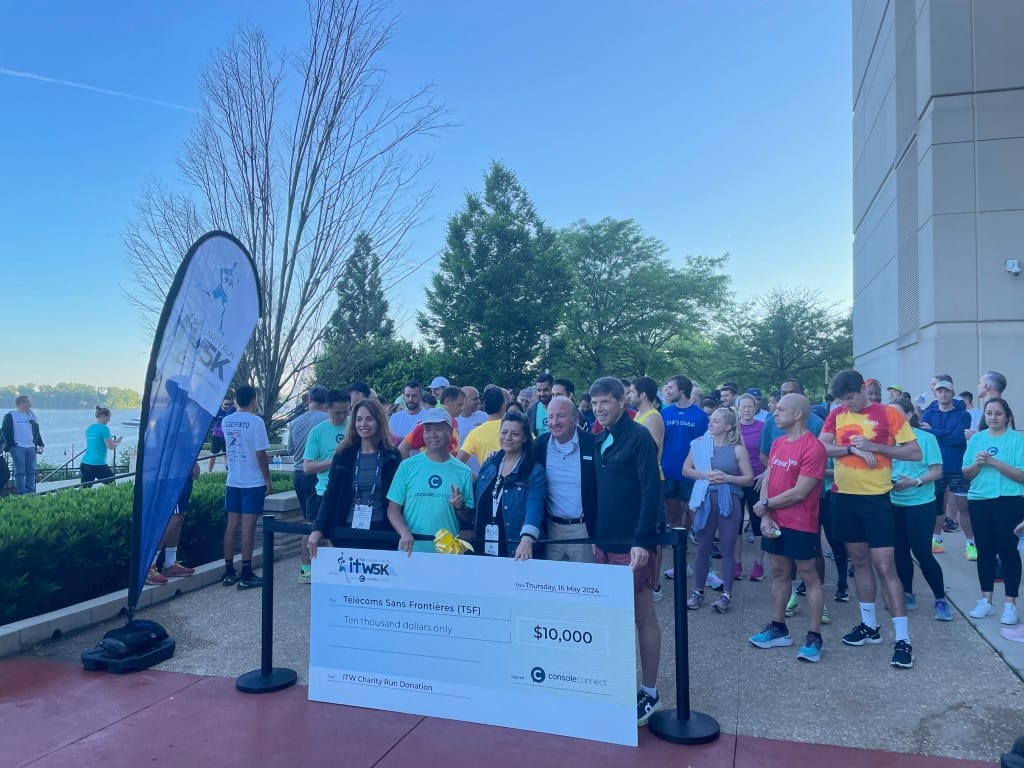
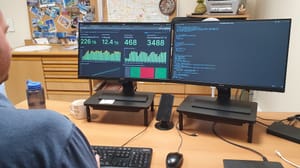
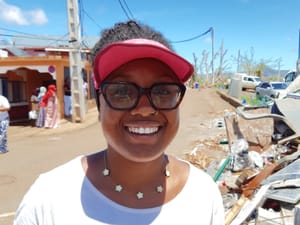
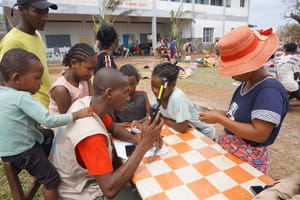

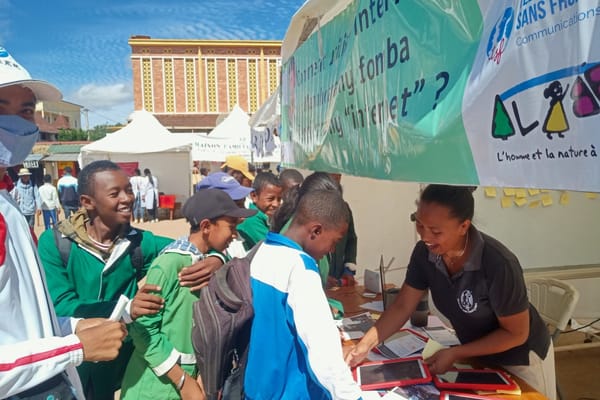
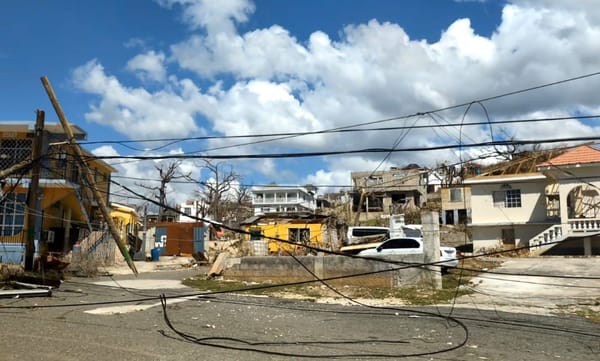

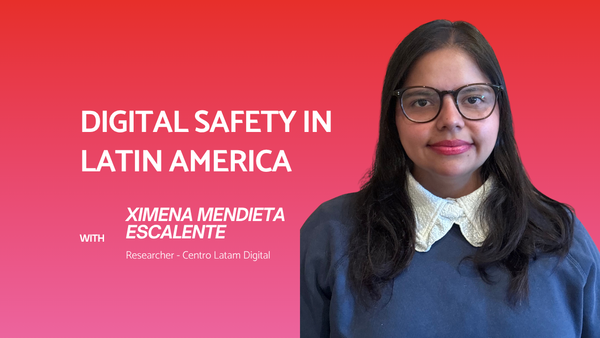
Member discussion